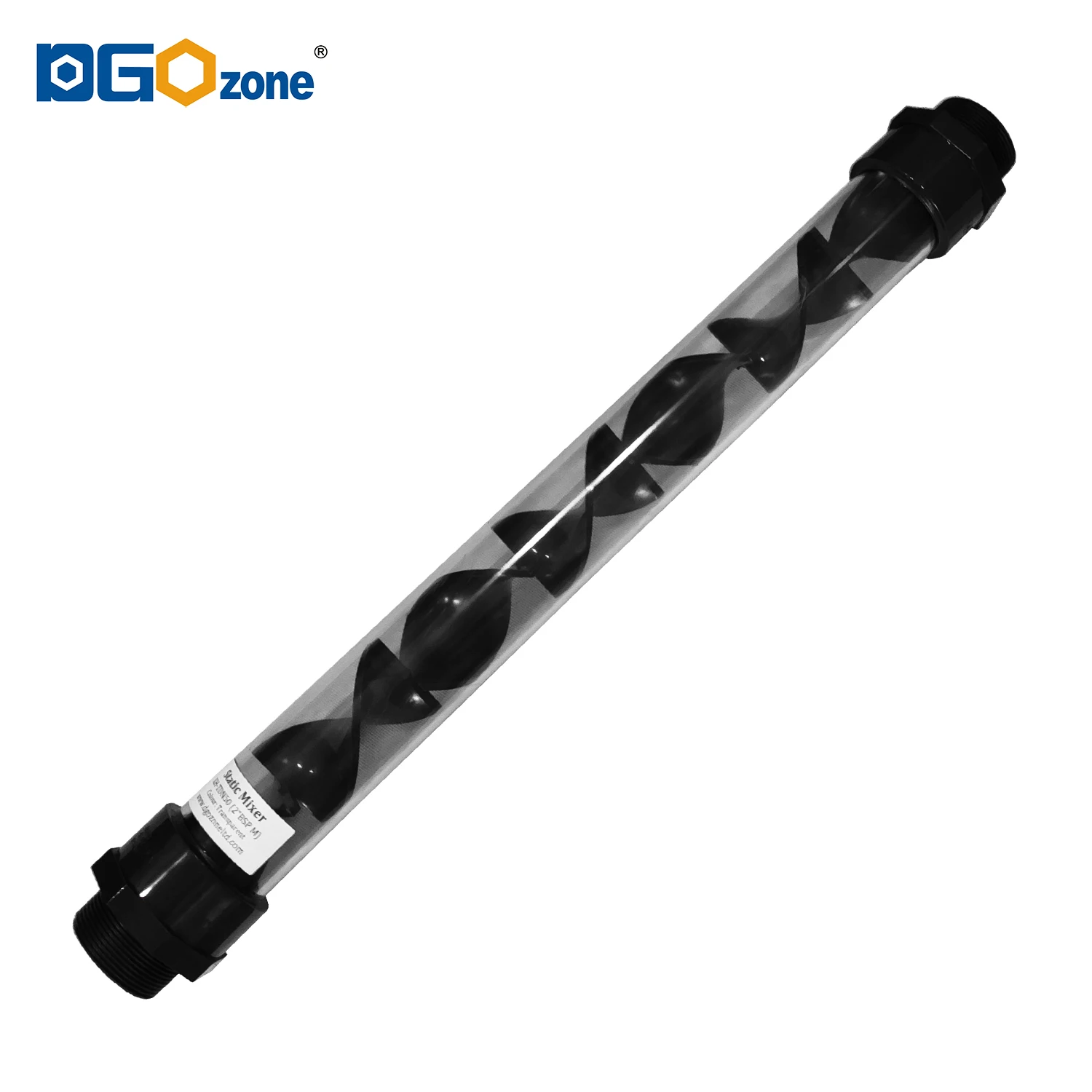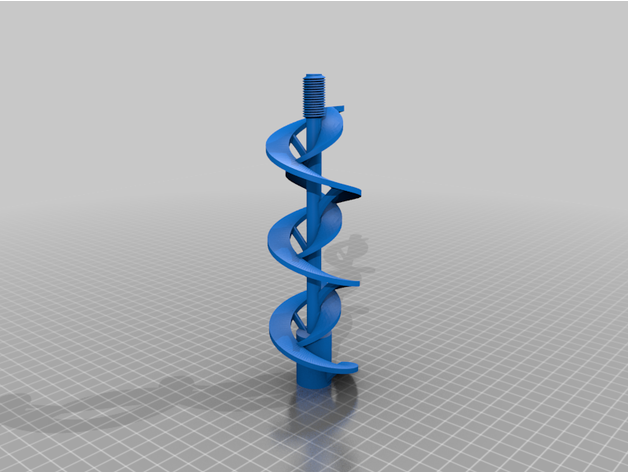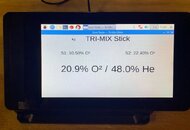Hi everyone,
I've finally got a brand new compressor (Bauer PE-100 single phase) and I'm now facing the next step, which is constructing a trimix blender stick.
I'm not sure yet about the final design so I'm reading all I grab to learn. I'm still reading the famous Oxihacker and asking colleagues who already have one to take ideas. One of the topic I'm curious about is the mixer design inside the stick and I've found several approaches:
- The baffles one, based on the Oxyhacker, very simple having only 4 baffles which makes the air enter in "zig zag"
- Ping Pong balls... I've been told they remove humidity and could be a good options for those which lives lose to de coast (which is my case).... I don't know whether that's true, I've also been told they don't actually mix gases, which also don't get... any input here?
- Practice golf balls: I guess this one is similar to the ping pong one
- Aquarium Bio Balls: I guess this is yet another version of the balls approach... is there any advantage with this one?
- The static mixer, which looks nice but not sure whether it worth the money in this case.
Is there any recommended approach? would one of the balls variants be good enougth? should I go for the ping pong approach because the humidity?
I've finally got a brand new compressor (Bauer PE-100 single phase) and I'm now facing the next step, which is constructing a trimix blender stick.
I'm not sure yet about the final design so I'm reading all I grab to learn. I'm still reading the famous Oxihacker and asking colleagues who already have one to take ideas. One of the topic I'm curious about is the mixer design inside the stick and I've found several approaches:
- The baffles one, based on the Oxyhacker, very simple having only 4 baffles which makes the air enter in "zig zag"
- Ping Pong balls... I've been told they remove humidity and could be a good options for those which lives lose to de coast (which is my case).... I don't know whether that's true, I've also been told they don't actually mix gases, which also don't get... any input here?
- Practice golf balls: I guess this one is similar to the ping pong one
- Aquarium Bio Balls: I guess this is yet another version of the balls approach... is there any advantage with this one?
- The static mixer, which looks nice but not sure whether it worth the money in this case.
Is there any recommended approach? would one of the balls variants be good enougth? should I go for the ping pong approach because the humidity?







